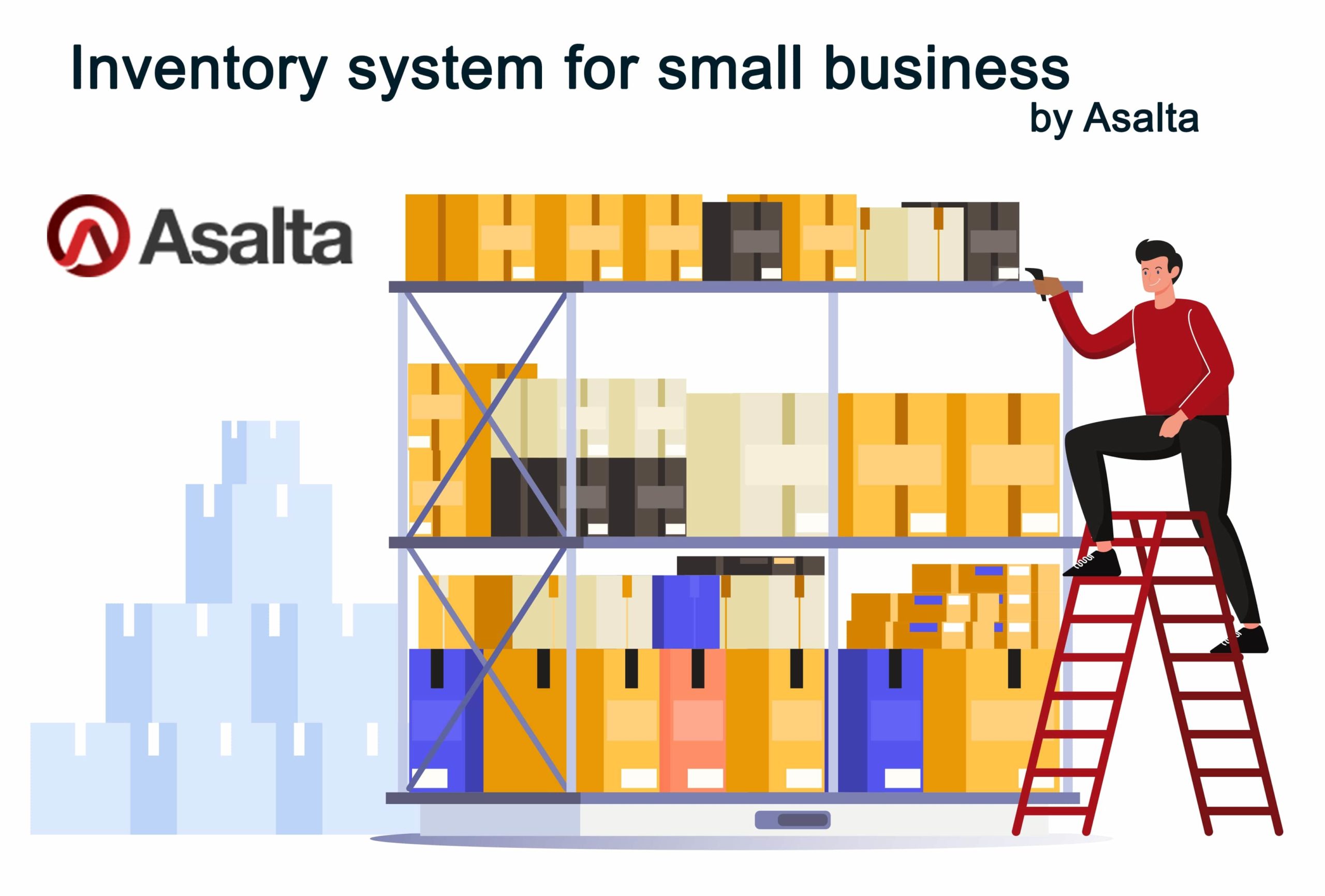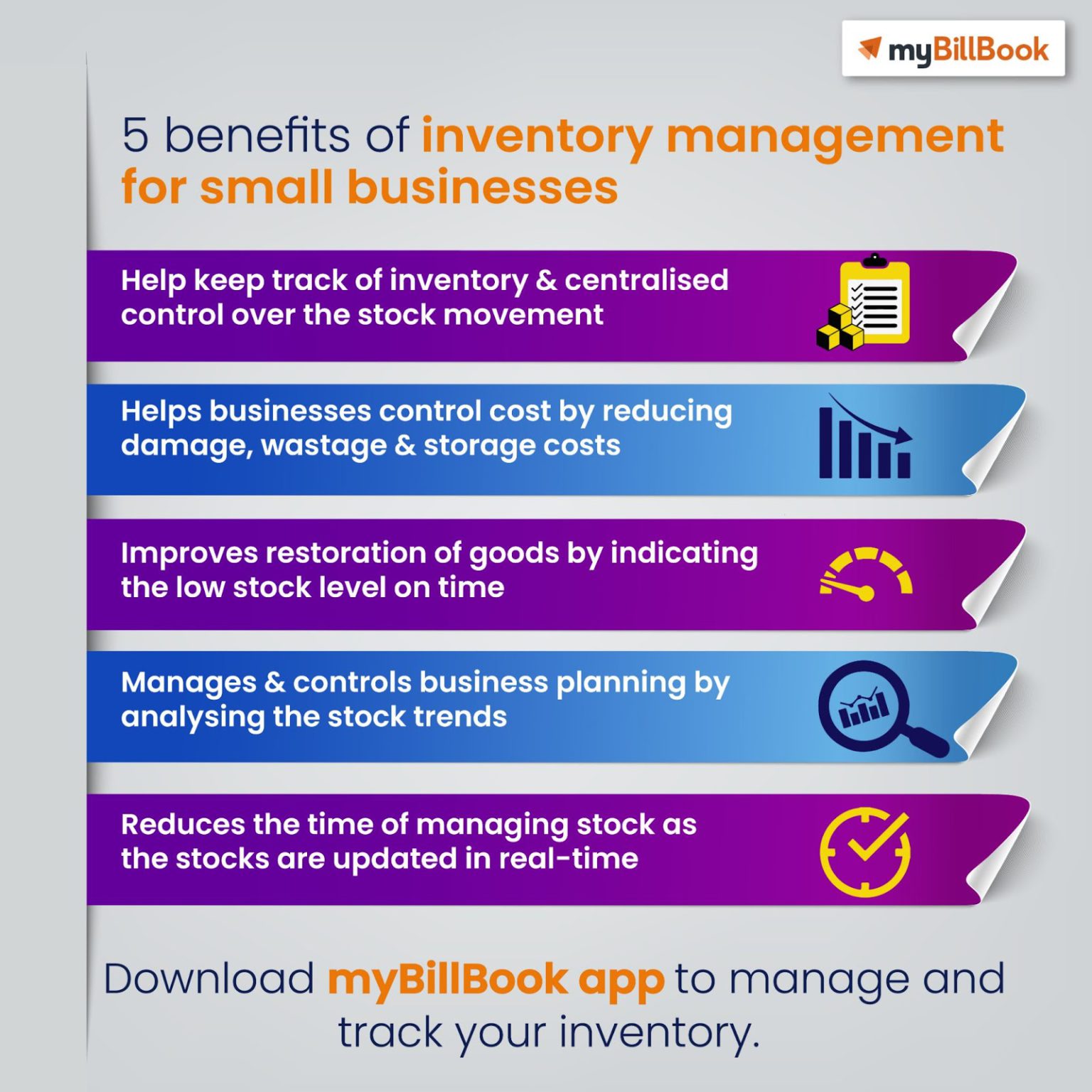In the realm of small business, effective inventory management is paramount. Small business inventory systems play a crucial role in optimizing operations, minimizing costs, and maximizing customer satisfaction. This comprehensive guide will delve into the intricacies of small business inventory systems, exploring their types, implementation strategies, benefits, and essential considerations.
By understanding and leveraging the power of inventory management, small businesses can unlock new levels of efficiency and growth.
Inventory Management for Small Businesses

Inventory management is crucial for small businesses as it helps them optimize their operations, reduce costs, and enhance customer satisfaction. Without proper inventory management, small businesses face challenges such as stockouts, overstocking, and inefficient storage and handling.
Effective Inventory Management Best Practices
Implementing effective inventory management practices can help small businesses overcome these challenges and improve their overall efficiency. Some key best practices include:
Regular inventory audits
Conduct periodic inventory audits to ensure accuracy and identify any discrepancies.
Inventory optimization
Use inventory management software or tools to track stock levels, optimize ordering, and prevent overstocking.
Supplier management
Establish strong relationships with suppliers to ensure timely deliveries and favorable pricing.
Demand forecasting
Analyze sales data and trends to predict future demand and adjust inventory levels accordingly.
Inventory control techniques
Implement techniques such as FIFO (first-in, first-out) and LIFO (last-in, first-out) to manage inventory flow and minimize waste.
Warehouse management
Optimize warehouse space, implement efficient storage systems, and streamline picking and packing processes.
Technology adoption
Leverage technology such as inventory management software, barcode scanners, and RFID tags to automate processes and improve accuracy.
Implementing an Inventory System

Implementing an inventory system in a small business is crucial for managing stock levels, optimizing operations, and improving profitability. The process involves several key steps, including data gathering, system selection, implementation, and training.
Data accuracy is paramount for effective inventory management. Inaccurate data can lead to overstocking, understocking, and incorrect pricing, resulting in financial losses and operational inefficiencies. Regular audits and reconciliations are essential to ensure data integrity.
Training Staff on the New System
Proper training is vital for staff to effectively use the new inventory system. The training should cover the following aspects:
- System functionality and features
- Data entry and maintenance procedures
- Inventory tracking and reporting processes
- Security and access control measures
Regular refresher training and support should be provided to ensure ongoing proficiency and address any challenges that may arise.
Benefits of Using an Inventory System
Implementing an inventory system offers numerous advantages for small businesses. It streamlines operations, reduces costs, and enhances efficiency, leading to improved profitability and customer satisfaction.
By tracking inventory levels in real-time, businesses can optimize stock levels, prevent overstocking and understocking, and avoid costly stockouts. This reduces inventory carrying costs, minimizes waste, and ensures products are available when customers need them.
Increased Sales and Profitability
- Accurate inventory data enables businesses to make informed decisions about pricing and promotions, maximizing sales and revenue.
- By preventing stockouts, inventory systems ensure that customers can always find what they’re looking for, leading to increased customer satisfaction and repeat business.
Reduced Costs
- Inventory systems help businesses avoid overstocking, which can tie up capital and lead to spoilage or obsolescence. This reduces inventory carrying costs and improves cash flow.
- By optimizing stock levels, businesses can minimize the need for additional storage space, reducing rental or leasing expenses.
Improved Efficiency, Small business inventory systems
- Automated inventory systems eliminate manual processes, reducing errors and saving time. This allows employees to focus on other value-added tasks.
- Real-time inventory visibility enables businesses to respond quickly to changes in demand, ensuring that products are always available when needed.
Success Stories
- Small Business A implemented an inventory system and reduced its inventory carrying costs by 20%, freeing up capital for other investments.
- Small Business B used an inventory system to optimize stock levels and increased its sales by 15% by ensuring products were always available to customers.
Considerations for Choosing an Inventory System
Selecting the right inventory system is crucial for small businesses to optimize stock management and enhance operational efficiency. Here are key factors to consider when choosing an inventory system:
Scalability
- Consider the potential growth of your business and choose a system that can accommodate future expansion.
- Ensure the system can handle increased transaction volume and data storage requirements as your business grows.
Flexibility
- Choose a system that can adapt to changing business needs and industry trends.
- Consider systems that offer customization options, integration with other software, and support for multiple sales channels.
Cost-effectiveness
- Determine the budget for the inventory system and consider the total cost of ownership, including software, hardware, maintenance, and training.
- Choose a system that provides value for money and meets the specific requirements of your business.
Recommendations
To select an inventory system that aligns with your business needs, consider the following recommendations:
- Identify your specific inventory management requirements and prioritize key features.
- Research different inventory systems and compare their capabilities, pricing, and customer reviews.
- Consider cloud-based systems for scalability and accessibility.
- Seek input from industry experts or consultants for guidance.
Inventory Management Tools

Inventory management tools are essential for small businesses to effectively track and manage their inventory levels. These tools provide a range of features and functionalities to help businesses streamline their inventory processes, reduce costs, and improve efficiency.There are various inventory management tools available for small businesses, each with its own unique set of features and functionalities.
Some of the most common types of inventory management tools include:
- Spreadsheet software:Basic spreadsheet software, such as Microsoft Excel or Google Sheets, can be used to create simple inventory tracking systems. While spreadsheets are relatively easy to use, they can be limited in terms of functionality and scalability.
- Dedicated inventory management software:Dedicated inventory management software is designed specifically for businesses that need to track and manage their inventory levels. This type of software typically offers a wider range of features and functionalities than spreadsheet software, including inventory tracking, order management, and reporting.
- Inventory management apps:Inventory management apps are mobile applications that allow businesses to track and manage their inventory levels on the go. These apps typically offer a range of features and functionalities, including inventory tracking, order management, and barcode scanning.
The benefits of using inventory management software to automate tasks and improve efficiency include:
- Reduced labor costs:Inventory management software can automate many of the tasks that are typically performed manually, such as inventory tracking and order processing. This can free up employees to focus on other tasks, such as customer service and sales.
- Improved accuracy:Inventory management software can help to improve the accuracy of inventory levels. This is because the software can automatically track inventory movements and adjust inventory levels accordingly.
- Increased efficiency:Inventory management software can help to improve the efficiency of inventory processes. This is because the software can automate many of the tasks that are typically performed manually, such as inventory tracking and order processing.
When choosing an inventory management tool, it is important to consider the following factors:
- The size of your business:The size of your business will determine the type of inventory management tool that is right for you. Small businesses may be able to get by with a simple spreadsheet software, while larger businesses will need a more robust inventory management system.
- The type of inventory you sell:The type of inventory you sell will also determine the type of inventory management tool that is right for you. For example, if you sell a large number of different products, you will need an inventory management tool that can track multiple SKUs.
- Your budget:The cost of inventory management software can vary significantly. It is important to set a budget before you start shopping for an inventory management tool.
Case Studies of Successful Inventory Management

Inventory management systems have proven to be invaluable for small businesses, leading to significant improvements in efficiency, cost savings, and customer satisfaction. Here are some real-world examples of small businesses that have successfully implemented inventory systems:
Improved Efficiency and Cost Savings
- Case Study:ABC Electronics, a small electronics retailer, implemented an inventory management system that automated its inventory tracking processes. This resulted in a 25% reduction in labor costs associated with manual inventory management and a 15% increase in inventory accuracy, leading to reduced shrinkage and improved profit margins.
- Case Study:XYZ Manufacturing, a small-scale manufacturer, implemented an inventory management system that integrated with its production planning software. This allowed for real-time visibility into inventory levels, enabling the company to optimize production schedules and reduce lead times by 20%, resulting in increased customer satisfaction and improved cash flow.
Enhanced Customer Satisfaction
- Case Study:PQR Bookshop, a small bookstore, implemented an inventory management system that provided customers with real-time inventory availability online. This resulted in a 10% increase in online sales and improved customer satisfaction, as customers could easily check if the desired books were in stock before visiting the store.
- Case Study:RST Café, a small coffee shop, implemented an inventory management system that tracked the freshness of its perishable ingredients. This enabled the café to maintain high-quality standards and reduce food waste, leading to increased customer loyalty and positive reviews.
These case studies demonstrate the tangible benefits that small businesses can achieve by implementing inventory management systems. By leveraging technology to streamline inventory processes, businesses can improve efficiency, reduce costs, and enhance customer satisfaction, ultimately driving business growth and success.
Concluding Remarks: Small Business Inventory Systems

In conclusion, small business inventory systems are indispensable tools for businesses seeking to streamline operations, reduce costs, and enhance customer satisfaction. By carefully selecting and implementing an inventory system that aligns with their specific needs, small businesses can gain a competitive edge, optimize their inventory management practices, and pave the way for long-term success.
FAQ Resource
What are the common challenges faced by small businesses in inventory management?
Small businesses often encounter challenges such as manual processes leading to errors, lack of real-time visibility into inventory levels, difficulty in forecasting demand, and limited resources for inventory management.
How can small businesses benefit from using an inventory system?
Inventory systems offer numerous benefits, including reduced costs through optimized stock levels, improved efficiency with automated processes, increased accuracy with real-time data, enhanced customer satisfaction with reduced stockouts, and better decision-making with data-driven insights.
What are the key factors to consider when choosing an inventory system for a small business?
When selecting an inventory system, small businesses should consider factors such as the size and complexity of their inventory, the level of automation desired, the cost and scalability of the system, the ease of use and training requirements, and the level of support and integrations offered.
